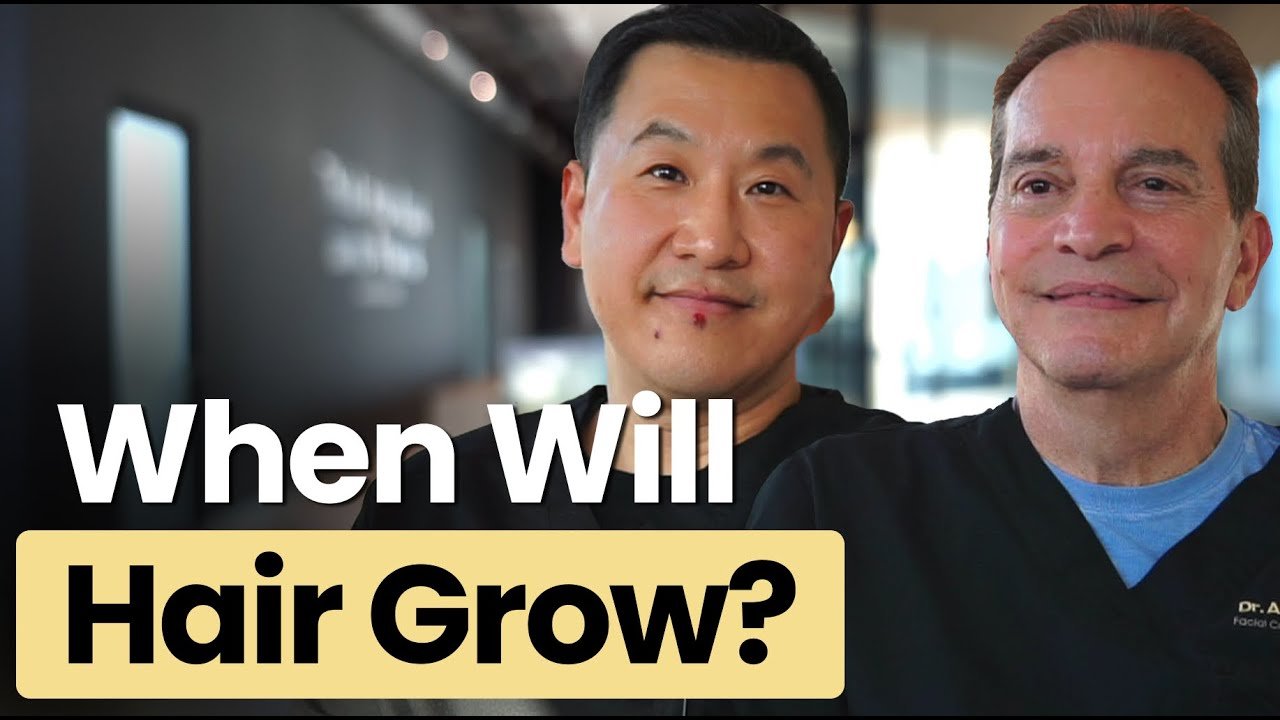If you’ve noticed your hair thinning or receding, you’re not alone—and the numbers prove it. Hair loss statistics in 2025 highlight how common this issue has become for both men and women of all ages.
In this article, we’ll share the latest data on hair loss: how common it is, when it typically starts, and which treatment options are most popular. With key insights from Philadelphia Hair Restoration, you can make informed decisions about your next steps in hair loss treatment.
If you’re looking to restore thicker, fuller hair, Philadelphia Hair Restoration offers personalized treatments—including FUE hair transplants and PRP hair restoration—to help you feel more like yourself again. Contact us today to speak with a hair restoration specialist about the best treatment option for you.
How many people worldwide suffer from hair loss?
About 85% of men and 33% of women experience hair loss at some point in their lives. Symptoms of hair loss include thinning hair, shedding, or balding. With millions affected, demand for clinically proven treatments, like hair transplants and non-surgical therapies, continues to grow.
What percentage of male hair loss is caused by male pattern baldness?
Male pattern baldness (androgenetic alopecia) is the most common cause of hair loss in men, accounting for about 95% of all cases. This hereditary condition typically begins with a receding hairline or thinning at the crown and can progress gradually over time.
What percentage of women experience hair loss by age 50?
By age 50, 40% of women will experience some form of hair loss—often triggered by hormonal shifts, aging, or stress. Unlike male pattern hair loss, female hair thinning usually appears as a general reduction in volume, especially at the part or crown. However, some women may experience female pattern baldness as well.
What percentage of men experience some degree of hair loss by age 35?
By age 35, about 65% of men will notice some level of hair loss—whether it’s a receding hairline, thinning at the crown, or overall shedding. Early hair loss treatments such as minoxidil, finasteride, and PRP therapy can slow progression and restore hair density when started early.
How many patients choose Follicular Unit Excision (FUE) for hair transplants?
Follicular Unit Excision (FUE) is the most sought-after hair transplant method, chosen by 87.3% of patients undergoing surgical restoration. FUE created natural-looking results with minimal downtime and no visible linear scar, making it the preferred choice for men and women.
How common is male pattern baldness among men aged 18 to 29?
Roughly 16% of men between 18 and 29 experience male pattern baldness. While often associated with aging, hair loss can begin far earlier than many expect.
What percentage of men experience balding at different ages?
In men, hair loss typically progresses with age. By 35, about two-thirds of men will notice some degree of thinning or balding. By 50, that number jumps to 85%–most men experience significant hair loss around their hairline or crown.
At what age do men and women start experiencing noticeable hair thinning?
By age 40, around 40% of men and women report noticeable hair thinning. This can appear as a wider part, receding temples, or an overall reduction in volume.
What percentage of men experience moderate to extensive hair loss?
About 42% of men experience moderate to extensive hair loss– thinning progresses beyond mild shedding and noticeably affects their appearance. This leads many men to explore more advanced treatment options, like hair transplants.
Contact Philadelphia Hair Restoration if You’re Interested in Having Fuller Hair
If thinning hair or hair loss impacts your confidence, Philadelphia Hair Restoration can help. We offer PRP hair restoration treatments and FUE hair transplant procedures to restore a fuller, thicker hairline with natural-looking results.
Contact us today to speak with a hair restoration specialist about the right treatment option for you.
Sources
Medihair. “Hair Loss Statistics (2025).” 2025. https://medihair.com/en/hair-loss-statistics/
American Hair Loss Association. “Men’s Hair Loss.” https://www.americanhairloss.org/mens-hair-loss/
Famenini Shannon. “Demographics of women with female pattern hair loss and the effectiveness of spironolactone therapy.” National Library of Medicine. October 2015. https://pmc.ncbi.nlm.nih.gov/articles/PMC4573453/
T Rhodes. “Prevalence of male pattern hair loss in 18-49 year old men.” PubMed. December 1998. https://pubmed.ncbi.nlm.nih.gov/9865198/



